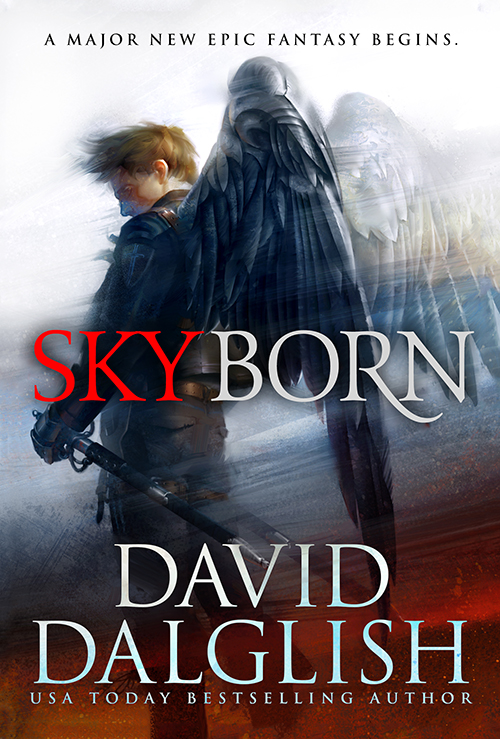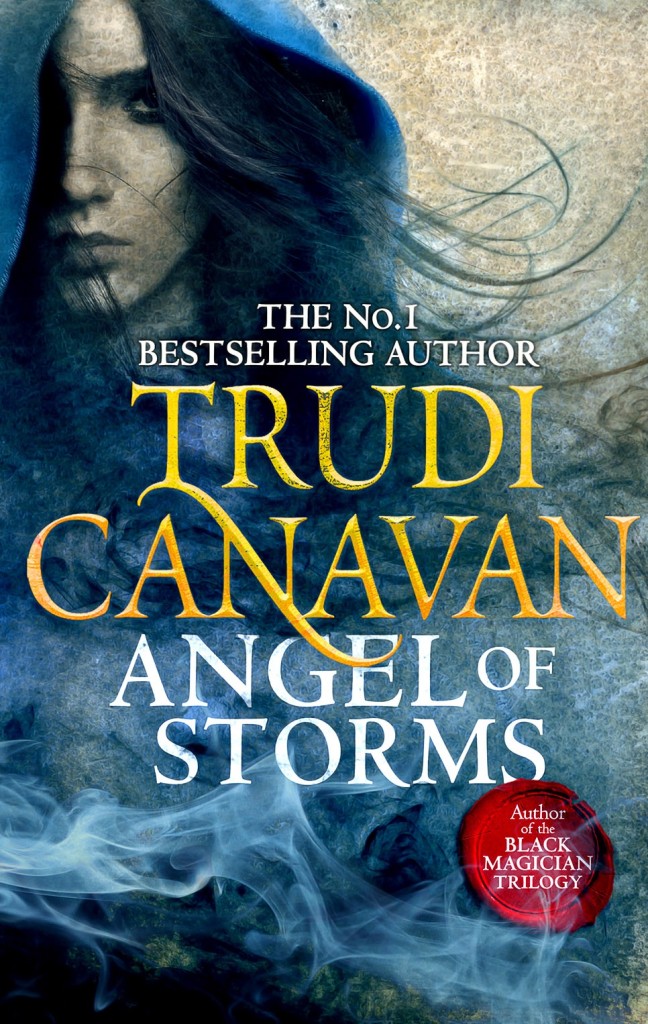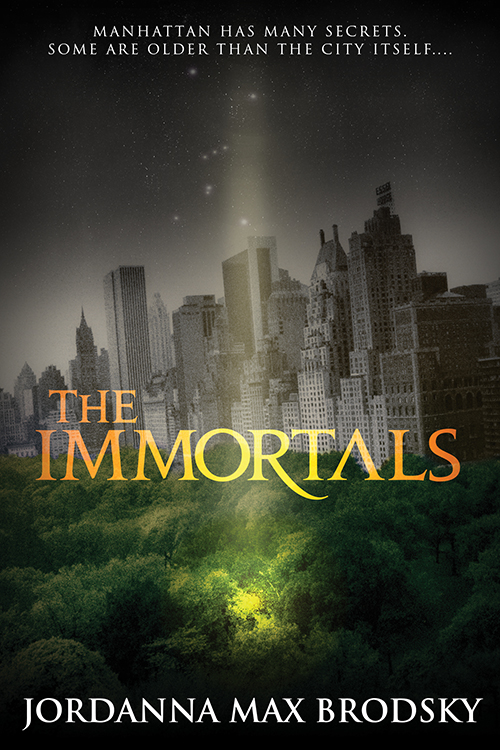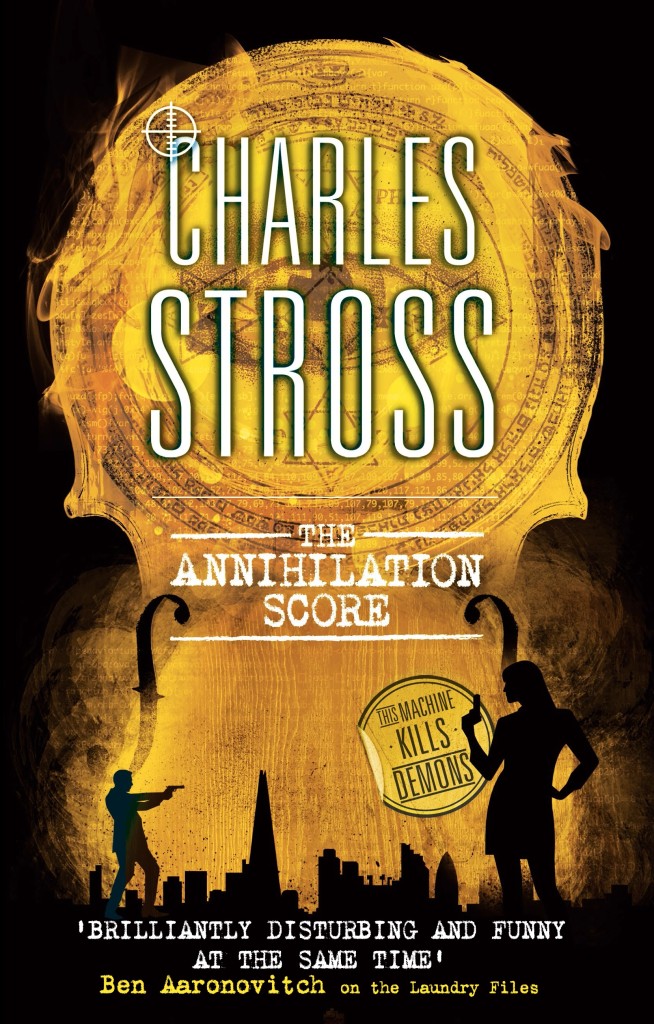Welcome to a behind-the-scenes post on how maps get created in the Orbit universe. I thought A CROWN FOR COLD SILVER (US | UK |AUS) was the perfect opportunity to do a write-up on, because the map design even made it to the cover. I’ll be your narrator, and welcome Author Alex Marshall, and illustrator Tim Paul.
LP: People often ask how we decide which books are going to have maps, and most times it is author-driven. Some authors use mapmaking as part of their worldbuilding process, and some authors only have a more general idea of geography as they’re writing. If a map or diagram comes naturally out of a story, then I always like to create something to expand the reader’s experience of the book. And sometimes a “map” is not really a map – for example we’ll be doing a process post soon on BLACK WOLVES (US | UK | AUS) by Kate Elliott – that book has tattoo designs for each important clan in the book in lieu of a geographic map.
In the case of A Crown for Cold Silver, I knew the author had a very specific concept for the map, and when I want the author and map maker to work together directly, my go-to artist is Tim Paul. I’d actually known Tim for a few years for his more stylized illustrations. One day we were sitting at the Society of Illustrators in NYC, at some art event or another, and he was saying he was dragging out all his old Dungeon Master props and maps to start up a Dungeons & Dragons campaign. He was talking about how much he enjoyed geeking out on the mapmaking, and my head snapped over to him and I said, so….you like making maps huh? Have you ever illustrated one for a client? (See, networking is real!)
TP: Hurray for networking, and talking about yourself!
LP: Map illustrators are a special – and rare – breed. You have to really be into the process of drawing the map out of the author, and tolerate a lot of fine-tuning. If you aren’t really excited by that, then you burn out quite quickly on all the revisions. You have to love the collaboration process. Many illustrators feel map work isn’t as creative as other types of illustration, but good mapmakers know there’s a lot of room for artistic license.
TP: It’s true about being a rare breed. I’ve had lots of illustrators tell me they won’t touch maps, and those few that do try, end up deciding not to do them again. As one person described, it’s like doing 50 – 100 little illustrations that are always changing. I actually find drawing thousands of little trees and mountains relaxing, even as I strive to make each mountain unique.
I’ve played D&D since I was 14. The maps in the books and modules were one of my favorite aspects. As a kid, I always made my own maps and worlds. Surprisingly, it took a long time to put my love of making my own maps into another way to making a living with my art. (more…)

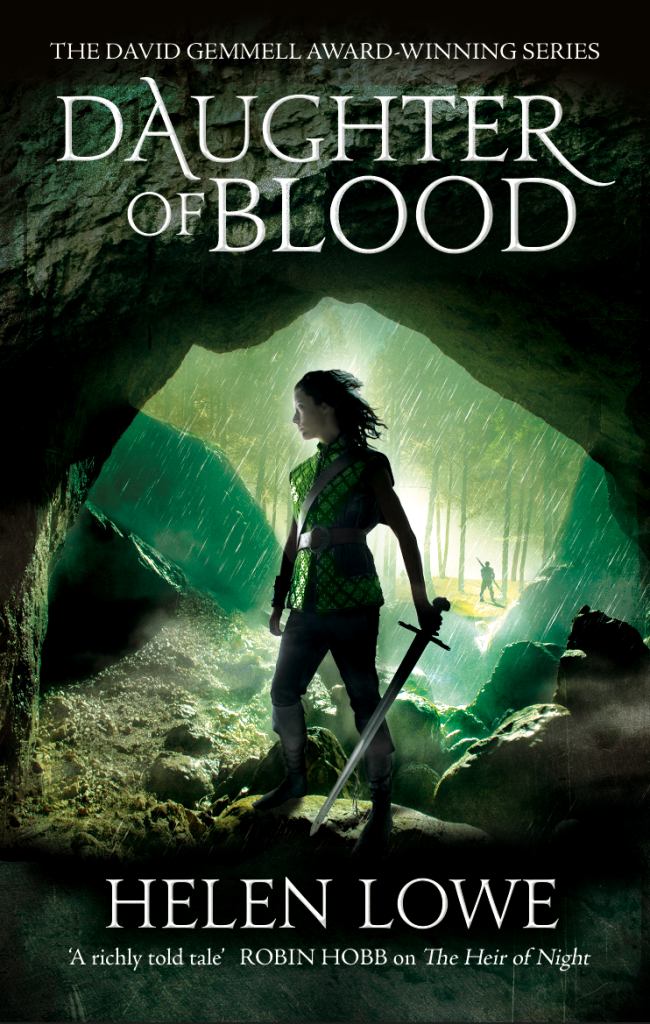
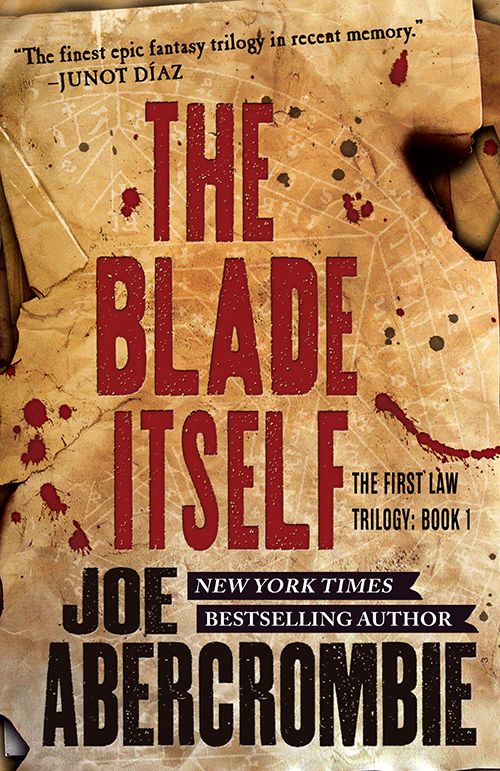
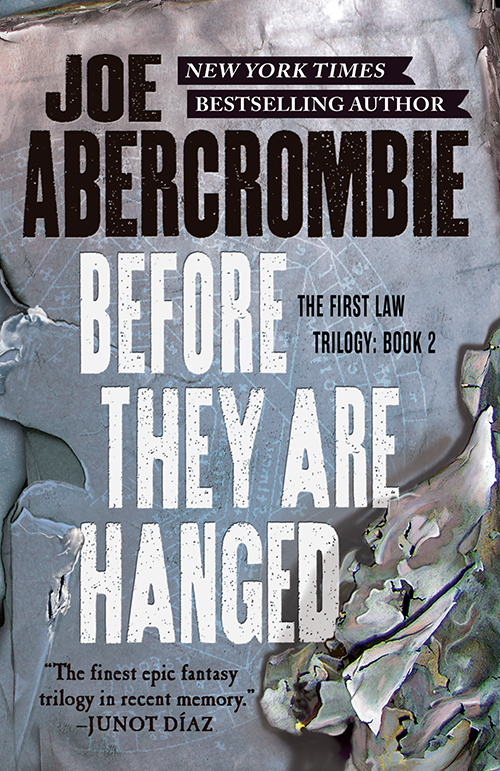

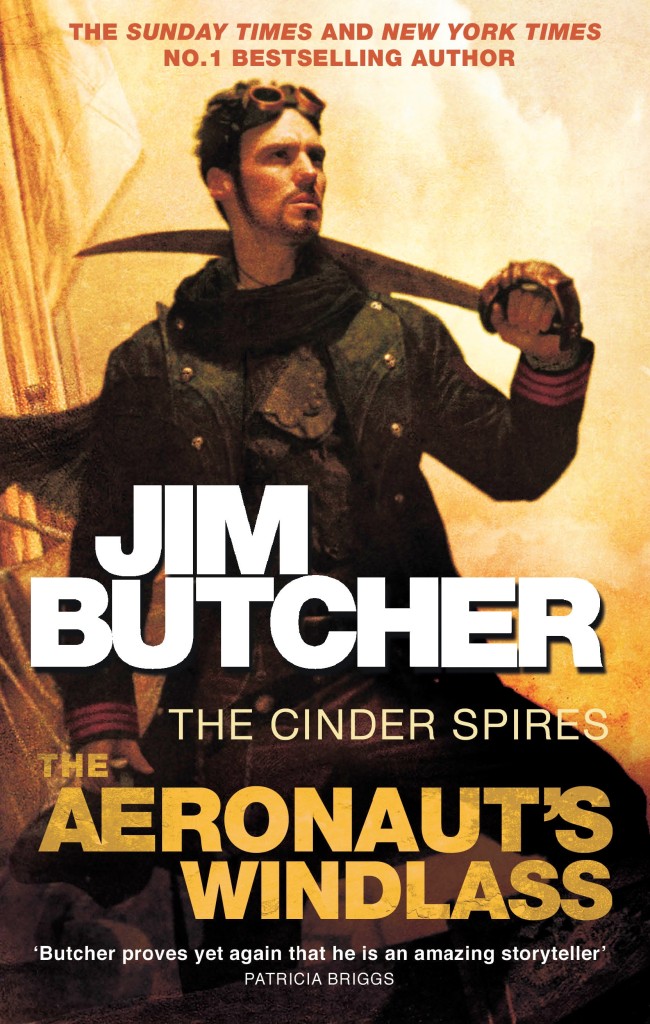
![ShadesInShadow[2][1].jpg](https://www.orbitbooks.net/wp-content/uploads/2015/06/ShadesInShadow21.jpg-683x1024.jpeg)
